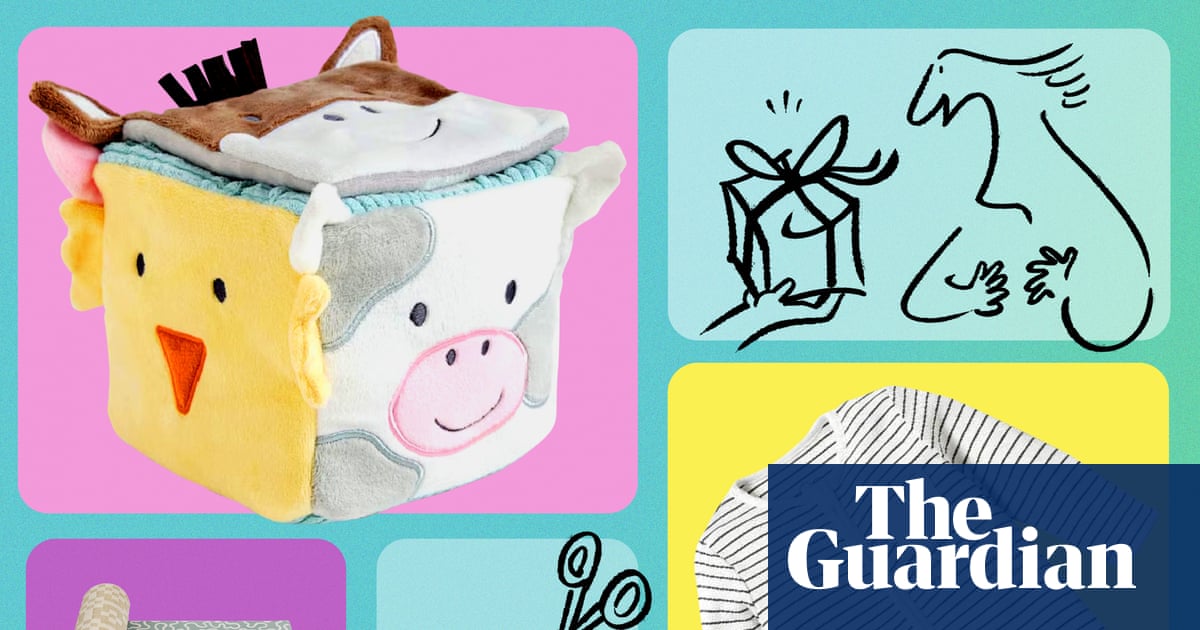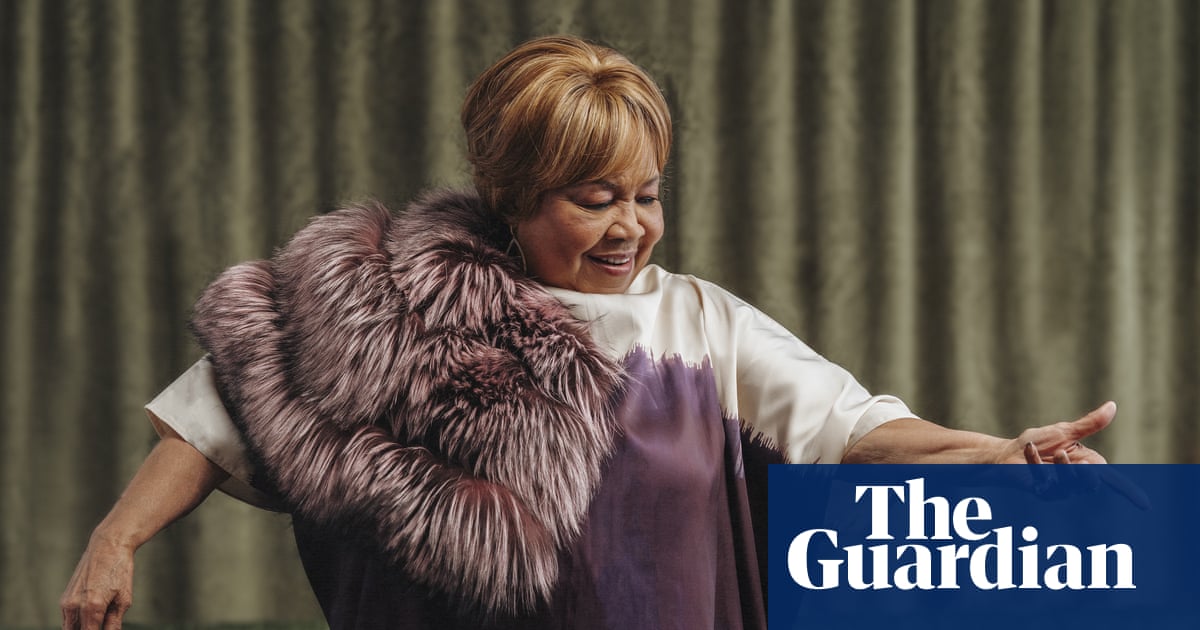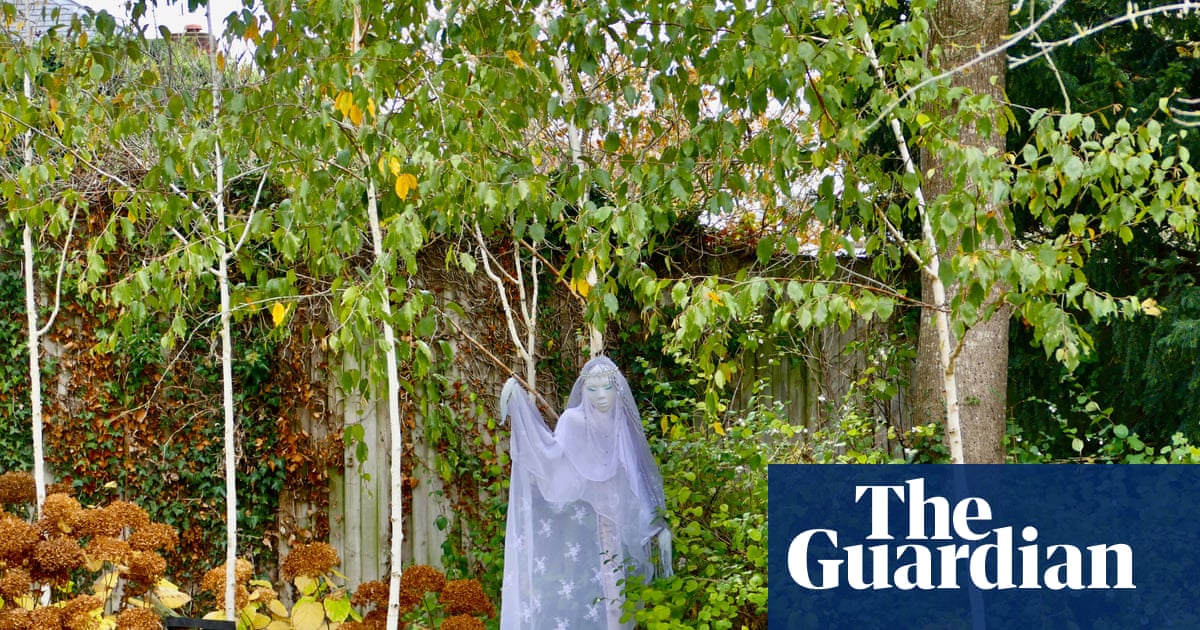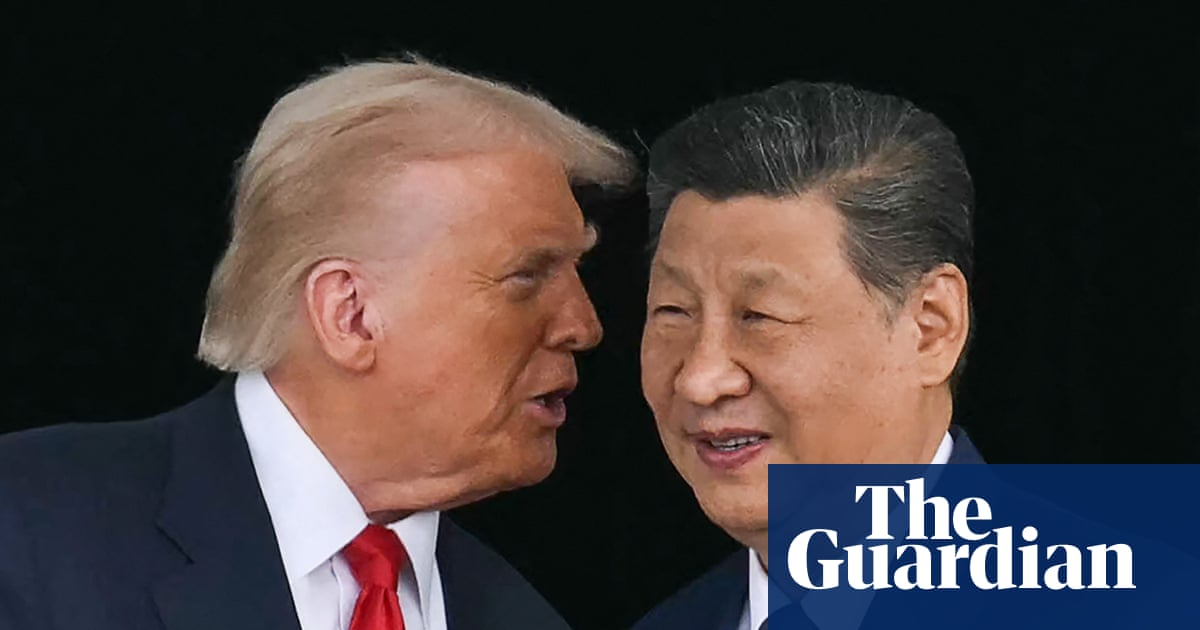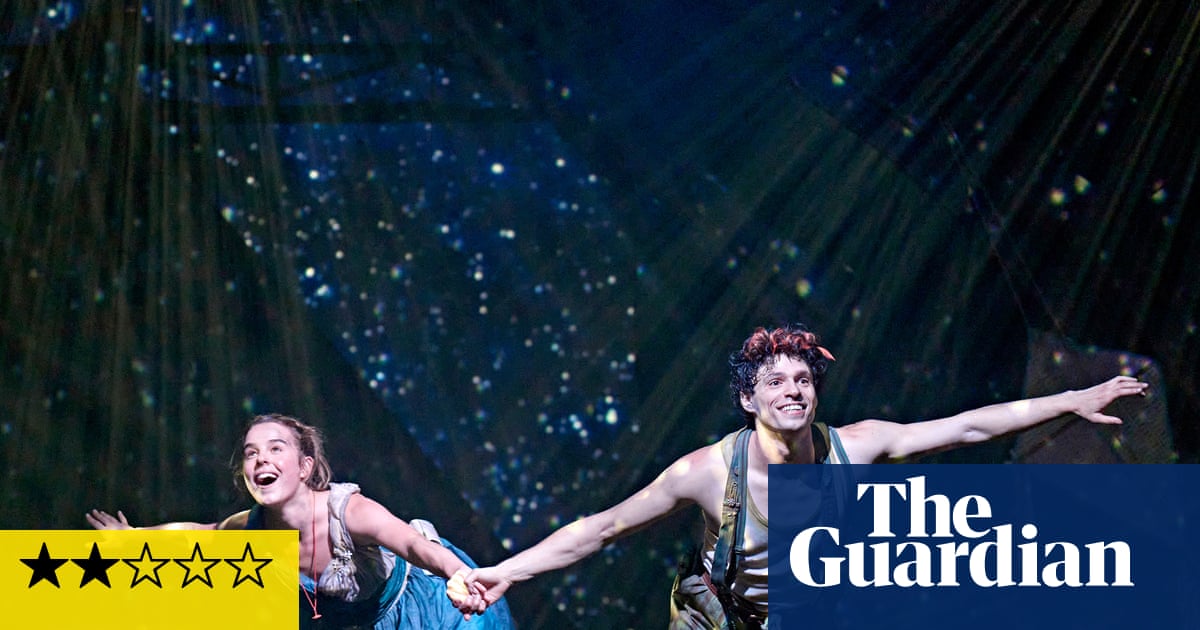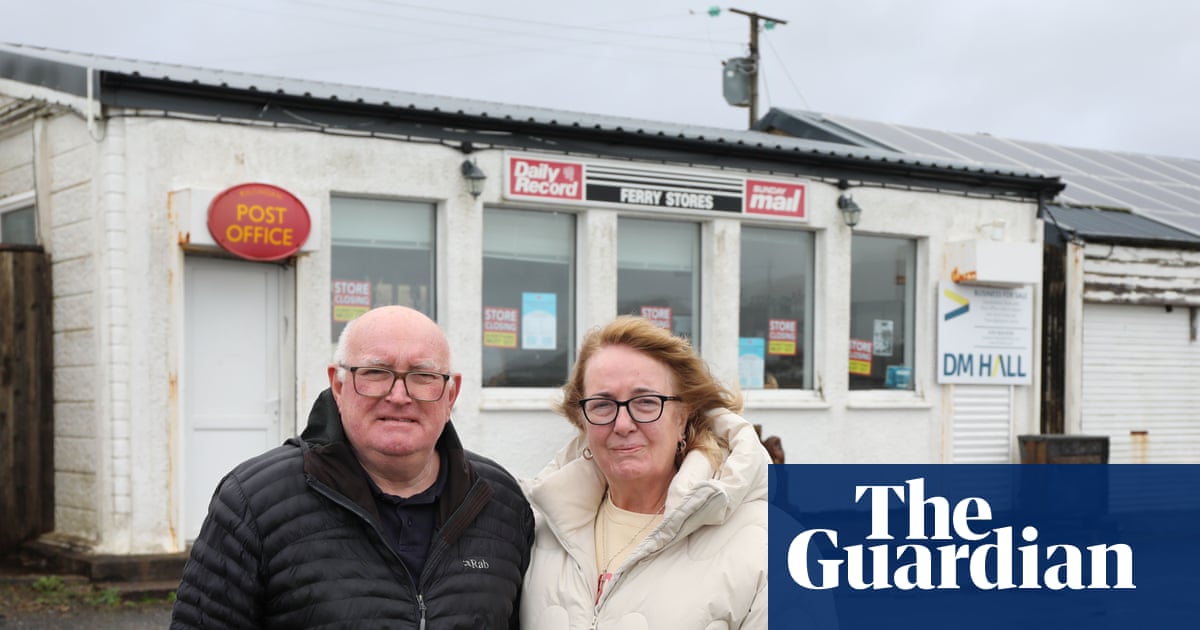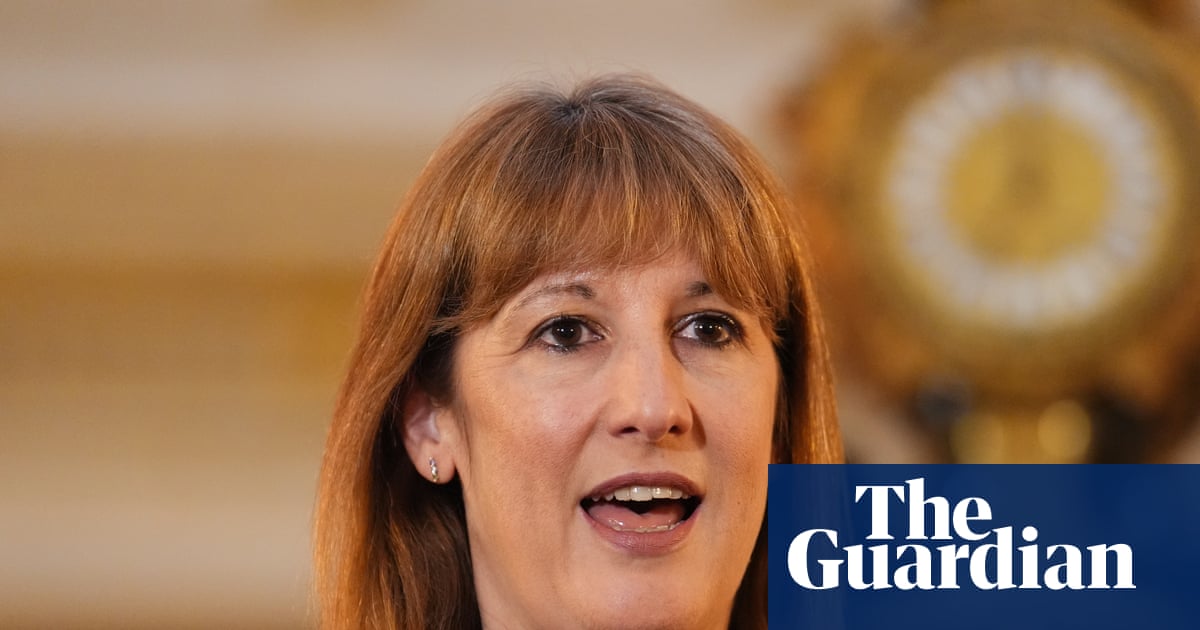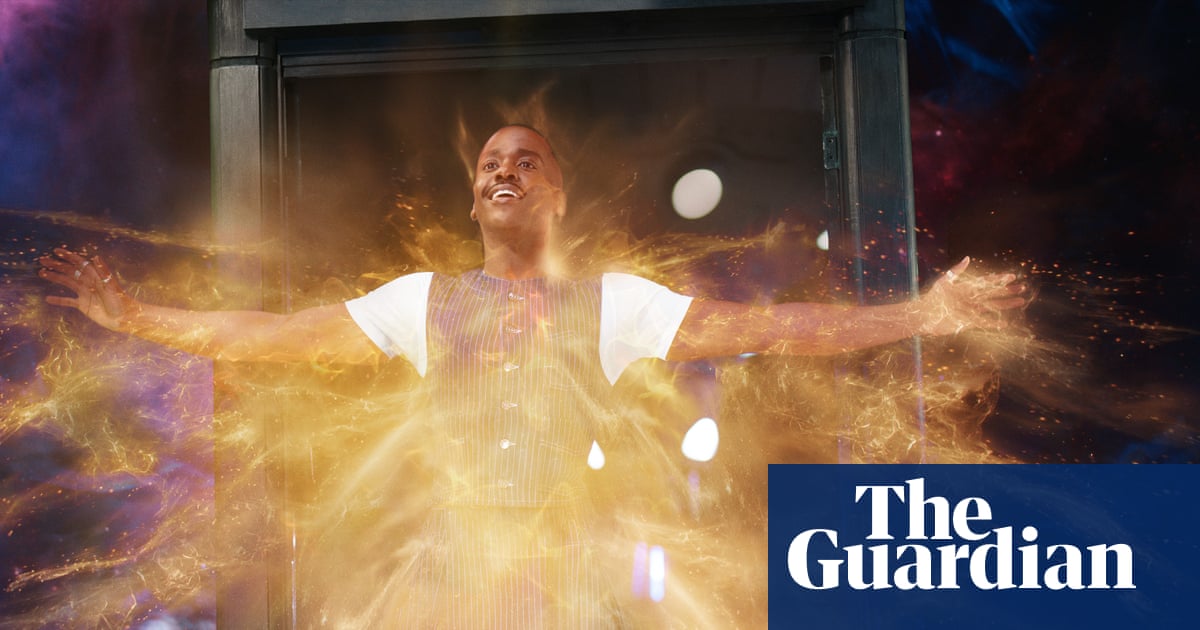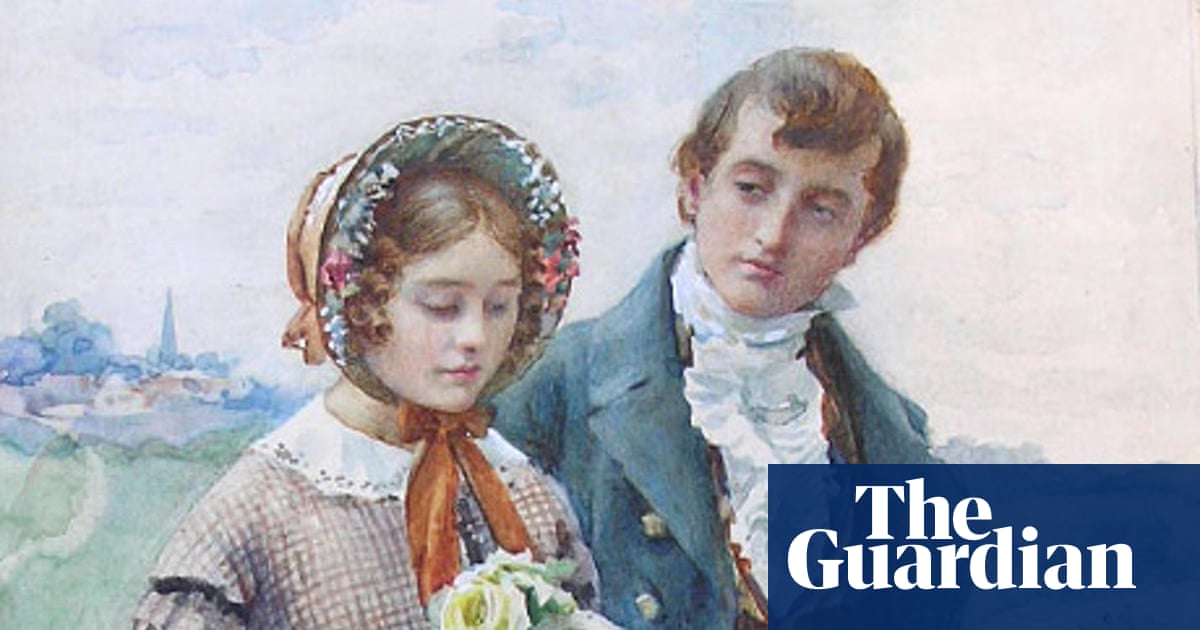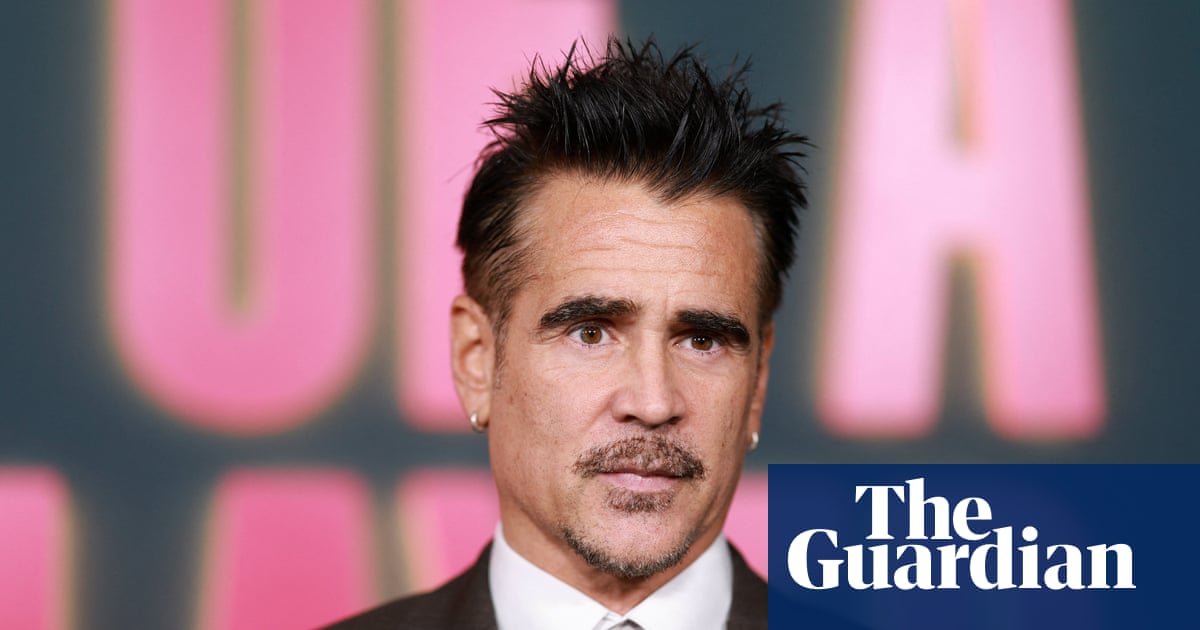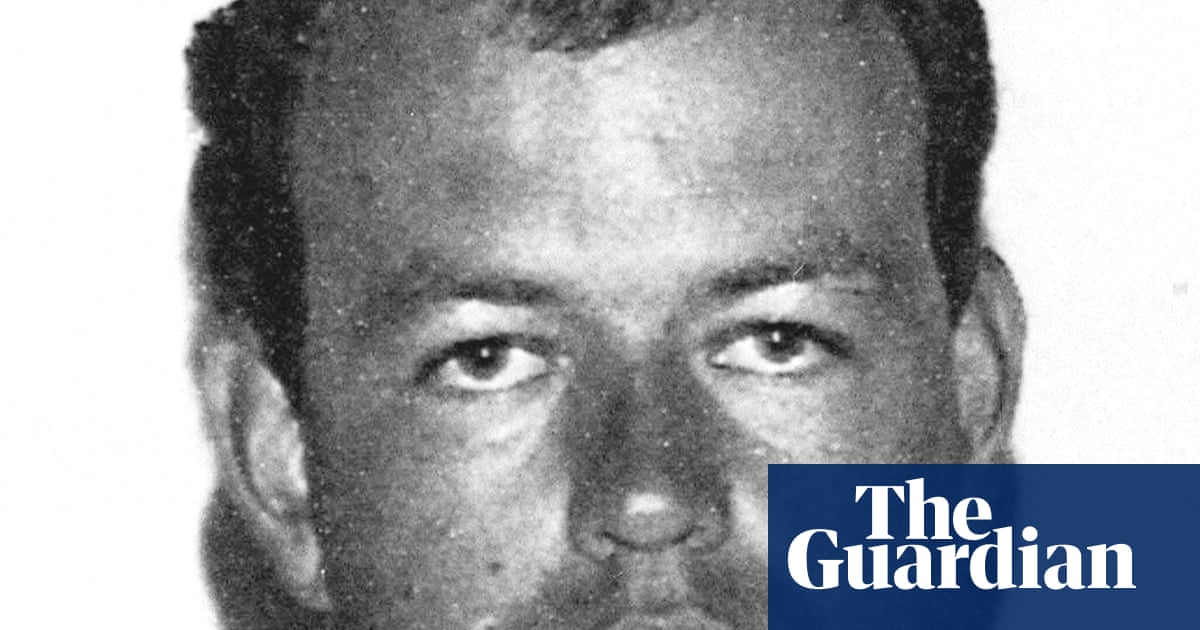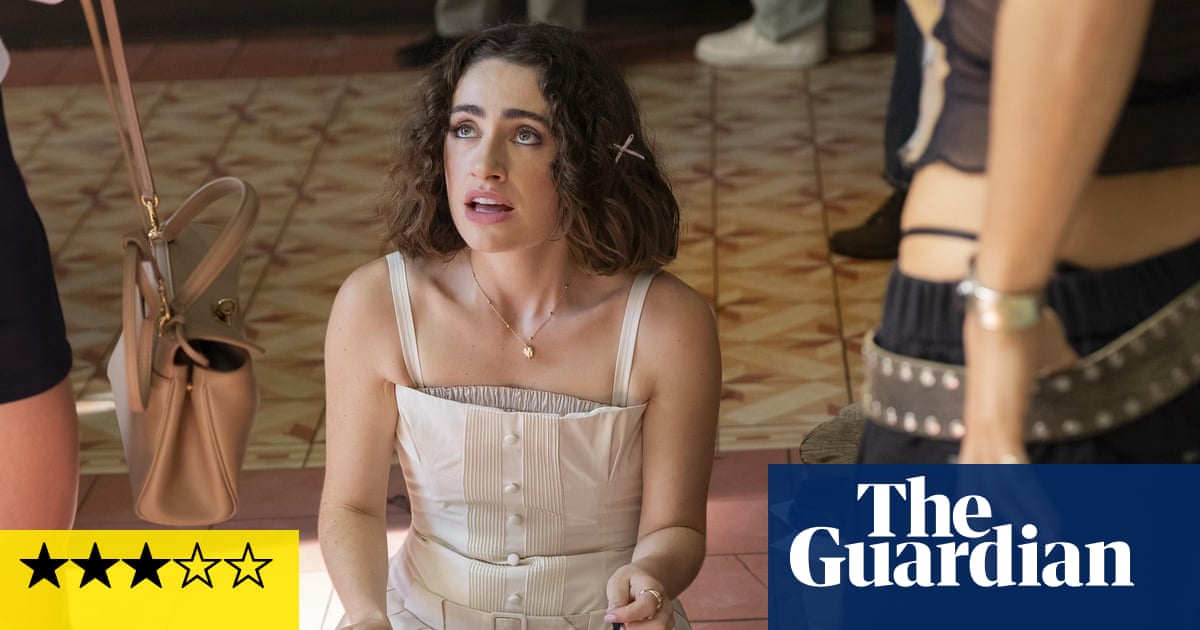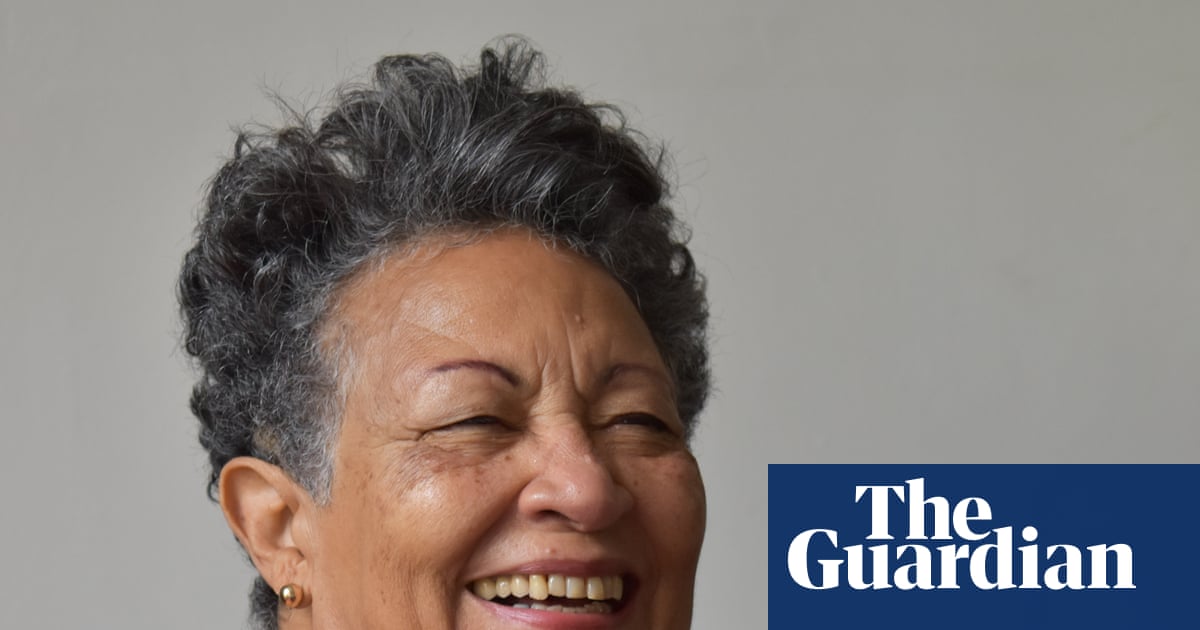Who would you say is effortlessly, undeniably cool? Charli xcx, certainly. David Bowie, of course. Yoko Ono and Fran Lebowitz – or do they just wear a lot of black? I’m not cool and never have been. As a teenager, I was a swot at a school that prized sports. As an adult, I’m always wearing a backpack. I’m garrulous, risk-averse, lazy with my personal presentation and not convinced that any drug beats eight hours’ sleep. “Cool” feels to me like the stock market or Michelin restaurants: none of my business.
I’m not alone. In a recent YouGov survey, a third of respondents said they weren’t cool at school, with only 10% reporting that, yep, they actually were. Half claimed they were “somewhere in between”.
But I know I’m missing out. Cool people are desirable and in demand; others want to be them or be with them. That social clout readily converts into capital as people buy what you’re selling, hoping it will rub off on them.
The trick, of course, is that it rarely does. “Cool” is fiendish, like a riddle: it cannot be bought, though it’s enthusiastically sold, and it can’t be claimed without surrendering its benefits. The more you aspire to be cool, the more uncool you are likely to be.
It’s ineffable but undeniable – or so we thought. A much-publicised paper recently published in the Journal of Experimental Psychology found that cool people are seen as possessing six attributes: they are extroverted, open, hedonistic, adventurous, autonomous and powerful.
I (generously) score 3/6, lacking hedonism, adventurousness and meaningful power. But by working on those, could I become cooler?
“People can increase how cool they seem to others to a certain extent,” says Todd Pezzuti, an associate professor of business at the Adolfo Ibáñez University in Chile and the study’s lead author. “But I also think it’s limited.”
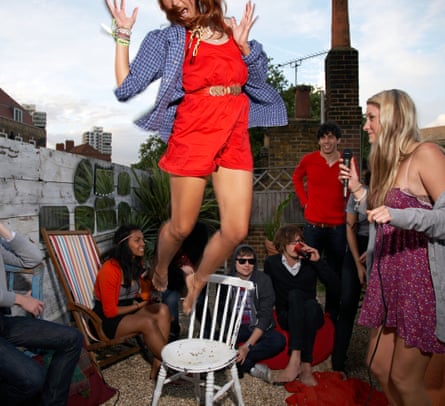
Born introverts, for example, will probably struggle to seem consistently, convincingly socially confident. “Coolness has to live within you to really make it work,” Pezzuti says.
He “never expected this amount of coverage” of his study, he tells me, but agrees it proves his point: “cool” is hugely influential but poorly understood.
Few papers exist on the subject, partly because it’s so difficult to quantify, Pezzuti says. “Because everyone has their own opinions about cool, we thought we should really know what the truth is.”
Pezzuti’s interest is in coolness as a form of economic labour or production. His hypothesis is that – just as tribal societies prize skilled hunters, who provide food for the group – today’s information economy turns on creativity and innovation. “Cool” expresses the status and reward bestowed upon individuals who push boundaries, generate new ideas and promote their spread, to collective benefit.
The Onion’s headline joking that consumers spend $14 trillion annually “trying to look cool” wasn’t wrong. Most defining modern brands (Apple, Nike, Coke etc) succeeded by bottling cool. The global influencer industry, worth $24bn in 2024, turns on it.
When I ask Pezzuti who he thinks is cool, he names Richard Branson ranking highly on all six traits – contributing to the Virgin founder’s estimated £2.4bn net worth.
Is Pezzuti himself cool? “Currently, definitely not,” he says, perhaps wistfully. He was never that extroverted or powerful, but becoming a parent has “taken away my hedonism completely – and my adventurousness, and autonomy”.
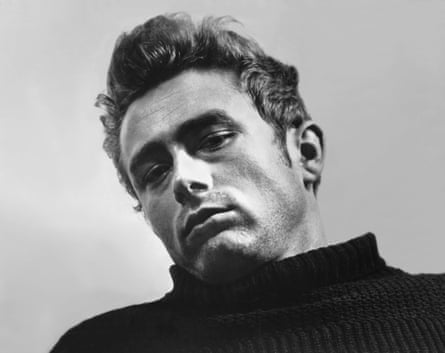
For the study, about 6,000 people across 12 countries were asked to think of someone they knew personally and considered “really cool”: they were then asked to describe them from a list of 15 personality traits and basic values.
Results were remarkably consistent across age, gender, education and – to the researchers’ surprise – location. “We went in thinking that more individualistic countries would think autonomy is cooler than more collectivistic countries,” Pezzuti says. Yet what makes someone seem cool is apparently pretty much the same in Canada or Spain as it is in Chile or Nigeria.
Still, it’s not enough to simply possess those traits, says Pezzuti. “Fundamental to being cool is expressing them in an appropriate way.”
In a 2018 study, he explored the enduring association of cool people with emotional restraint. James Dean, Bob Dylan, Johnny Cash, Victoria Beckham, Kanye West, Vogue’s Anna Wintour: all are studiously unsmiling (and often obscured behind sunglasses).
Yet Pezzuti found the stony-faced act only conveys cool in competitive contexts, such as an athlete staring down their opponent. Otherwise, “being inexpressive tends to make a person seem cold”.
The six traits recently identified are similarly context-specific, Pezzuti says. A musician could be seen as cool for disregarding what’s popular, expressing autonomy – but not if they’re too avant garde and alienate audiences.
And the status points afforded by hedonism, hard partying and drugs can easily be squandered if they tip into irresponsible or sloppy behaviour. Just ask Pete Doherty, who once topped NME’s cool list.
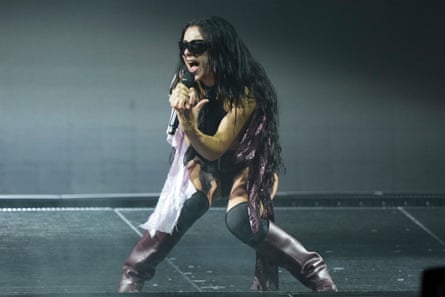
The shifting standard mirrors culture. Joel Dinerstein, professor of English at Tulane University and author of The Origins of Cool in Postwar America, agrees with Pezzuti’s findings on what makes someone seem cool, but says they don’t capture it entirely. “It’s a combination of rebellion, personal style, otherworldly confidence and charisma … It’s actually a very mysterious calculus.”
Above all, “a person who’s cool does not give a shit about what you think about them”, Dinerstein says. “I wish I could find a shorter and non-vulgar way of saying it.”
Age and physical attractiveness are also undeniably relevant in a culture that prizes youth and beauty. And in today’s consumer economy, to be cool, you must also be marketable.
This wasn’t historically the case, Dinerstein says. The concept emerged in 1940s New York with jazz, pioneered by young Black artists. White writers (notably the Beats) later popularised it, but cool was born of African American culture, as an act of resistance.
Slang served as code, excluding police and white people, while emotional restraint was a self-protective measure amid segregation. “‘Cool’ had real stakes,” says Dinerstein, informing the archetype of the rebel outsider or contrarian. “Cool was about having to fight for your place in society.”
Most 20th-century cool icons were poor or working class. Kowtowing to the consumerist mainstream was disparaged as “selling out”, and “a sign that your artistic endeavour was tainted”, Dinerstein says.
That changed in the mid-60s, with the Mad Men era of advertising. “Instead of selling you a product, they were going to sell you ‘coolness’ and mirror back to you that you were hip.”
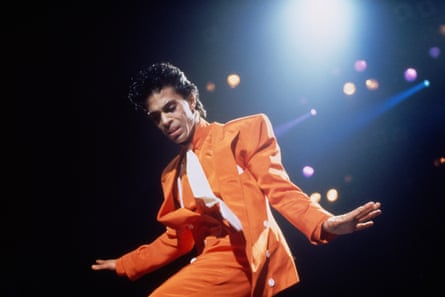
The commodification of cool has been continuous since, while “selling out” no longer resonates, Dinerstein says. “Once you are fully immersed in a consumer society, that outlaw sensibility can’t come from anywhere.”
Rising housing costs and gentrification have wiped out cheap neighbourhoods that once fostered Bohemian scenes and subcultures. Cities such as New York, London and Paris are hubs of capital, not creativity – and today’s artists or outsiders, if not already wealthy, seek “to sell out immediately” in order to survive, Dinerstein says.
Now commercial success doesn’t contradict cool; it confirms it. Even marketing is seen as creative work, as with Charli xcx’s album Brat, applauded for the campaign as much as the music, while making money from your art is applauded as “getting your bag”.
“At this point, cool is correlated with celebrity,” Dinerstein says. In the History of Cool class he’s taught for 22 years, students often namecheck Timothée Chalamet, whose sex appeal and insouciance trump his “nepo-baby” privilege.
Other figures mentioned – alongside stalwarts such as Bruce Springsteen, Prince, Samuel L Jackson and Patti Smith – are Zendaya, Aubrey Plaza, Billie Eilish, Greta Gerwig, Larry David and Bernie Sanders. The last two, Dinerstein says, buck the current cultural dominance of young women by being perceived as authentically unfiltered.
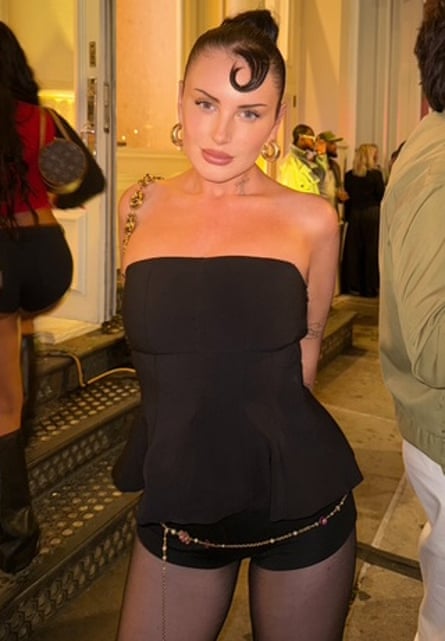
Yet his students often struggle to name someone they know personally who they think is cool, or even someone who is not publicly known. “It’s depressing – they can’t imagine living a quiet life that anyone would consider cool.”
The 21st-century shift towards “selling in” and quantifiable status is driven by another cultural force: the internet.
Surveys show gen Z and those even younger aspire to be social-media influencers – also dangled as a path for aspiring artists and musicians. But the constant churn of self-promotion online and the breakneck media cycle make it difficult to make a dent.
Culture is now split between megastars such as Beyoncé and Taylor Swift, too big to be properly cool, and countless micro-influencers and scenes that pass without impact.
“We’re in a bunch of boutique niches, so it’s tougher to have any kind of consensus,” says Dinerstein. All told, “it makes being cool at the moment an incredible challenge”.
Yet the pursuit of it remains big business. And so I ask the coolest person I know, and then the coolest person they know, to connect me with someone they consider professionally cool – leading me to Cora Delaney, founder and director of creative agency EYC Ltd.
Described as one of “London’s top tastemakers” and vaunted in Vogue, Delaney is a sort of cool broker; her agency EYC is a one-stop shop for companies wanting to buy street cred and individuals looking to sell theirs. As well as managing musicians, influencers and people-about-town, EYC runs edgy campaigns for mainstream brands such as H&M, and generates buzz at Fomo-inducing events.
Delaney has worked with Lily Allen, artist and producer Nia Archives, rappers Aitch, J Hus and Central Cee, Chicken Shop Dates’ Amelia Dimoldenberg, Maya Jama and Rihanna – my pick for the coolest person alive.
Meanwhile, I am usually wearing head-to-toe Uniqlo. Affordable, yes, practical, certainly – but hardly cool. My wardrobe is a gen-Z punchline: straight-leg (not baggy) jeans, leggings (as opposed to track pants), no-show socks.
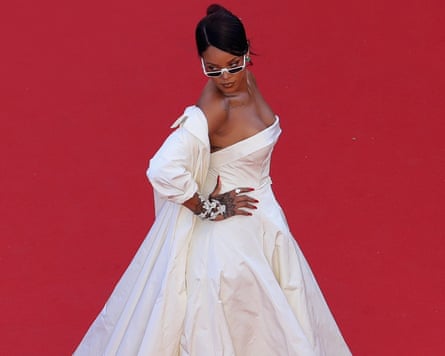
The morning of my interview with Delaney, I am so uncharacteristically nervous, I change my outfit three times (out of Uniqlo). I arrive at EYC’s Notting Hill offices late, dishevelled and, as usual, lugging a backpack.
Delaney radiates poise in a sleek black Chanel tracksuit, zipped up to the throat, and matching tweed trainers. Her dark hair is slicked back save for a single curl, placed just-so on her forehead.
As I witter on I feel Delaney scrutinising me, Wintour-like, behind her heavy Miu Miu frames. The word, if not cool, is “self-possessed”. I find myself seeking her approval – and irrationally petrified she’ll somehow discover I’m going to a Coldplay concert that evening.
Delaney, 32, is reluctant to claim being cool at school (“That’s so cringe”), but agrees it was a priority.
As a teenager in Kent, she was “desperate” to get the NME each week, travelled for gigs and trawled Myspace to keep up with the indie scene. “I was always looking into subcultures, really thinking about what is cool … I had to look to London and the internet to know what was bubbling.”
Later, studying fashion in London, she learned how to talk her way into fashion week events, pretending she was “supposed to be there – like, no doubt about it”, she says, eyes glinting.
She then parlayed that talent for networking into styling and creative consulting work. “All the coolest people I know are hustlers,” Delaney says. “If you’ve just had it given to you, then it’s not that cool.”
Mentally, I’m ticking them off: extroversion, adventurous, autonomous, open. But Delaney is sceptical of the traits hypothesis. Cool, to her, is about being an individual and “doing your own thing”.
Rihanna, for instance, “is authentically herself. She’s never changed, doesn’t give a shit, knows what she wants … She was lovely, too,” Delaney adds.
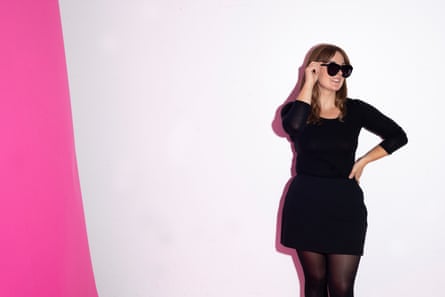
More recently, she points to rappers Doechii and Fakemink. I saw Doechii’s Glastonbury set, and was awed by her attention to detail, tenacity and vision; I’ve never heard of Fakemink. (Two weeks after our interview, he breaks the Top 10.)
Delaney attended his recent show. “All of the people that went were so different: they all had their own fashion sense and none of it was uniform … He started his own trend and his own thing. That’s actually the coolest thing you can do.”
Her job, at EYC, is to find such originals, hone their X-factor and market it. “I like making deals,” Delaney says. “I like executing things that feel culturally relevant and exciting. And I like making money.” (Power: check.)
But even she admits it’s getting harder to cut through the noise. If being cool is about being in the know, now social media swamps us with such information, “and it’s so watered-down and uninteresting,” she says.
As for Dinerstein, he’s sceptical of the notion that you can make yourself more cool, noting that it tends to spring from an obsessive artistic vision – or, sometimes, family dysfunction. “Those are not things you can plan,” he says.
Any attempt risks coming across fake, or try-hard – worse than actively being uncool. Even Dinerstein’s students, struggling to reach consensus on what’s cool, “are still pretty good at delineating cool people from posers”, he says.
I can’t help but ask his authoritative opinion, as a professor of cool: from what he’s observed over the past hour on Zoom, am I cool?
Dinerstein ponders. Even with celebrities, we can only ever comment on their perceived authenticity, he says: “We don’t know what these people are like. They may be total assholes.”
He certainly hasn’t seen enough of me to say for sure whether I’m cool. Dinerstein’s verdict is thrilling nonetheless. “My guess would be: you could be.”

 5 hours ago
4
5 hours ago
4
